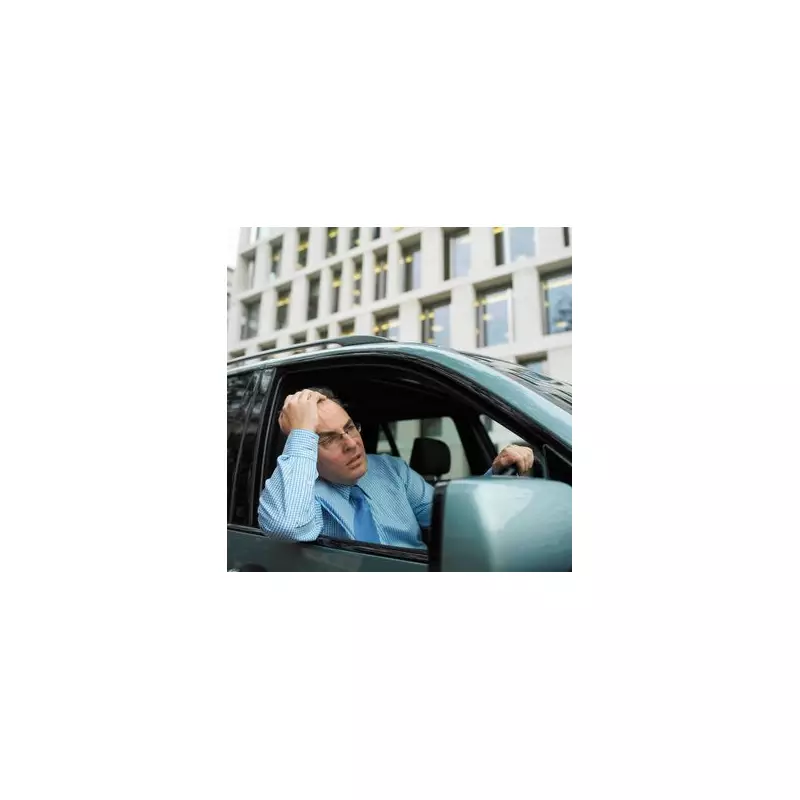
Shocking new research reveals that a staggering number of UK drivers are unaware of a critical rule regarding car lights, potentially putting themselves at risk of fines and compromising road safety.
The Hidden Rule Most Motorists Miss
While most drivers understand the basics of headlight use at night, many fail to realise that the Highway Code mandates lights must also be used during daytime when visibility is seriously reduced - typically when you can't see more than 100 metres ahead.
When Exactly Should Lights Be On?
The rule applies in several common British weather conditions:
- Heavy rain or spray
- Fog or mist
- Snowfall
- Dusk or dawn twilight
Failure to comply could land drivers with a £50 fixed penalty notice, though in some cases fines can reach £1,000 if contested in court.
Why This Matters More Than Ever
With Britain experiencing increasingly unpredictable weather patterns, proper light usage becomes crucial for preventing accidents. Modern auto-lighting systems don't always activate in marginal conditions, leaving many drivers unknowingly breaking the law.
Road safety experts emphasise that using lights in poor visibility isn't just about legality - it's about being seen by other road users, including cyclists and pedestrians.
Expert Advice for Safe Driving
- Don't rely solely on automatic lights - manually check them in poor conditions
- Use dipped headlights rather than sidelights in reduced visibility
- In fog, remember to use fog lights appropriately
- Regularly check all lights are functioning properly
As winter approaches, this forgotten rule takes on new importance. Will you be checking your lights more carefully now?





